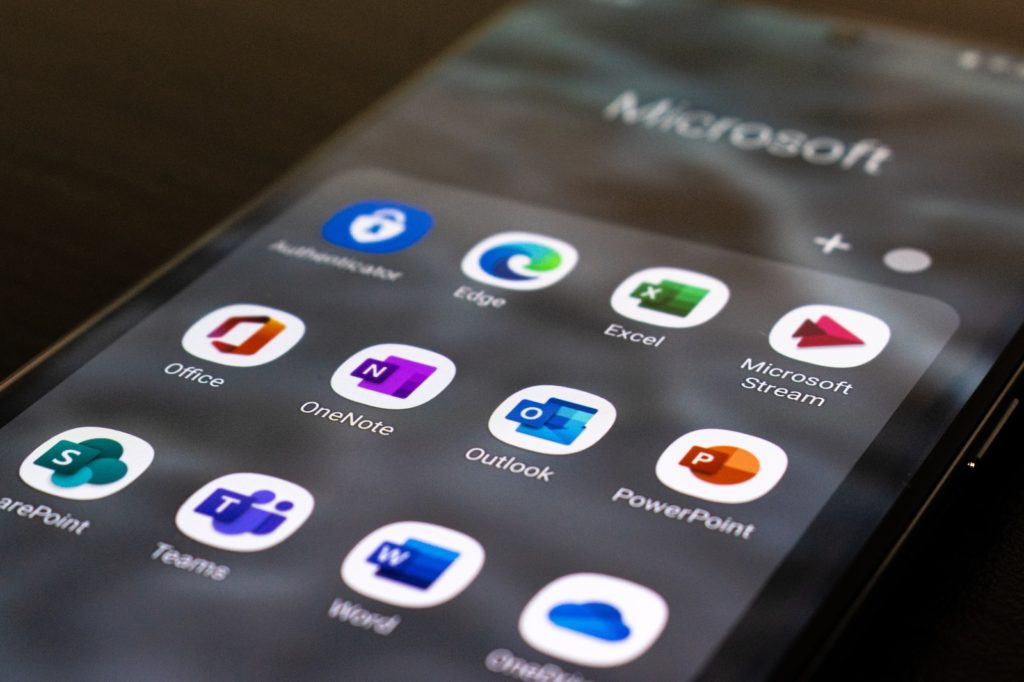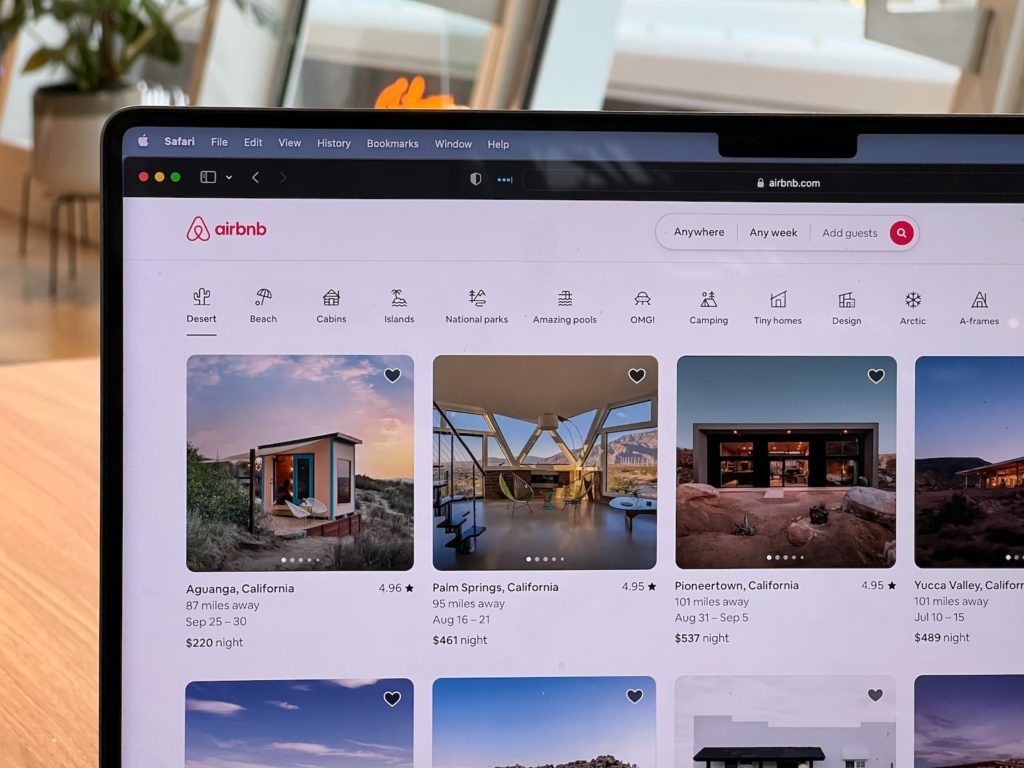Navigating Modern Business Models: The Pillars of Contemporary Commerce
The global business landscape has undergone a profound transformation in recent years. Traditional businesses have given way to innovative approaches that cater to the ever-evolving demands and behaviors of consumers. Amid this shift, modern business models have risen to prominence, dictating the rules of the business in an increasingly digital and interconnected world. In this comprehensive exploration, we will traverse the intricate terrain of these modern business models, understanding their inner workings and the real-world giants that exemplify them.
Subscription Model: A Predictable Revenue Stream

In this model, you pay a regular fee, like monthly or yearly, to use something. Think Spotify or Microsoft Office 365. Like membership of Spotify, you keep paying to keep watching content. This model, marked by customers paying a regular fee (monthly or annually) for access to a product or service, has revolutionized the software industry, with behemoths like Microsoft Office 365 setting the standard. This model offers companies the twin virtues of predictability and stability in their revenue streams. In the age of Spotify, Apple Music, and Adobe Creative Cloud, subscription-based services are as ubiquitous as they are lucrative.
SaaS Model: Software Redefined for the Digital Age
Software as a Service (SaaS) model involves providing software on a subscription basis. The software resides on the cloud rather than your local device. Google Cloud and Amazon AWS are perfect examples. They offer various cloud services – from storing your files to running your websites – all accessible via the web. You pay a subscription to use these services, and they handle all the technical stuff, making it easier for your business to grow.
It is not merely a tech trend; it’s a foundational element of modern business models. Beyond the realm of tech, SaaS has infiltrated sectors such as project management (Asana), marketing (HubSpot), and customer relationship management (Salesforce). This model pivots on cloud-based software distribution, granting users access to cutting-edge tools and applications without the burden of complex infrastructure. The scalability, efficiency, and cost-effectiveness have made SaaS the cornerstone of modern enterprise.
Business-to-Business (B2B) Model: Enterprises Catering to Enterprises
While consumer-oriented models hog the limelight, the Business-to-Business (B2B) model silently fuels the engine of commerce. Companies operating in this sphere, sell products or services to other businesses. It’s like businesses helping other businesses run more efficiently. Prominent names like Salesforce, offering comprehensive cloud-based CRM solutions, and IBM, with its wide-ranging enterprise services, exemplify the diverse world of Business-to-Business. This model addresses the unique needs and challenges of businesses, providing specialized solutions that drive efficiency and productivity.
Franchise Model: The Art of Branding
Franchise model involves allowing others to operate their own businesses under an established brand name and methods. Parent companies license their business model and brand to individual operators who set up and run outlets mirroring the original.
The fast-food industry serves as the archetype, with McDonald’s and Domino’s demonstrating the colossal success of this model. The franchise model offers an intriguing blend of standardized branding and local autonomy, creating a business ecosystem where entrepreneurship and proven systems coexist.
Marketplace Model: Connecting Buyers and Sellers

In this model, a business platform connects buyers with sellers. These platforms serve as intermediaries between shoppers and vendors. Airbnb, for example, acts as a marketplace linking travelers with accommodation hosts. Etsy is another marketplace that connects shoppers with independent craftspeople. The platform facilitates transactions between both parties. These models thrive on offering a diverse array of options, enabling sellers to reach a vast audience and buyers to explore a wide range of choices.
Also read: Quest for Immortality: Could We Extend Human Life? | Digital Immortality
Crowdsourcing Model: Tapping into Collective Intelligence
The crowdsourcing model involves outsourcing tasks or projects to a broad community or the general public. Wikipedia is a prominent example where volunteers worldwide contribute and edit content. It’s like many people collaborating to create something valuable.
The crowdsourcing model brings the collective wisdom, talent, and efforts of the public into play. Crowdsourcing extends to areas like open-source software development, scientific research, and even artistic endeavors. While crowdsourcing model often rely on user-generated content or contributions, they employ different monetization strategies like donations, crowdfunding, sponsored content etc to earn money.
This model highlights the power of collaboration, where the combined resources of the many far outweigh the capabilities of a few.
In this era of unparalleled connectivity and digital innovation, businesses have become versatile and dynamic entities. Modern business models are the key to their success, enabling them to adapt, grow, and thrive in an ever-changing landscape. From the subscription model’s revenue predictability to the franchise model’s prowess, these frameworks represent the evolution of commerce. They serve as testaments to the flexibility and ingenuity of enterprises and underscore the customer-centric approach that defines the modern era.